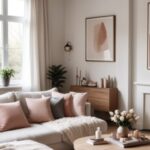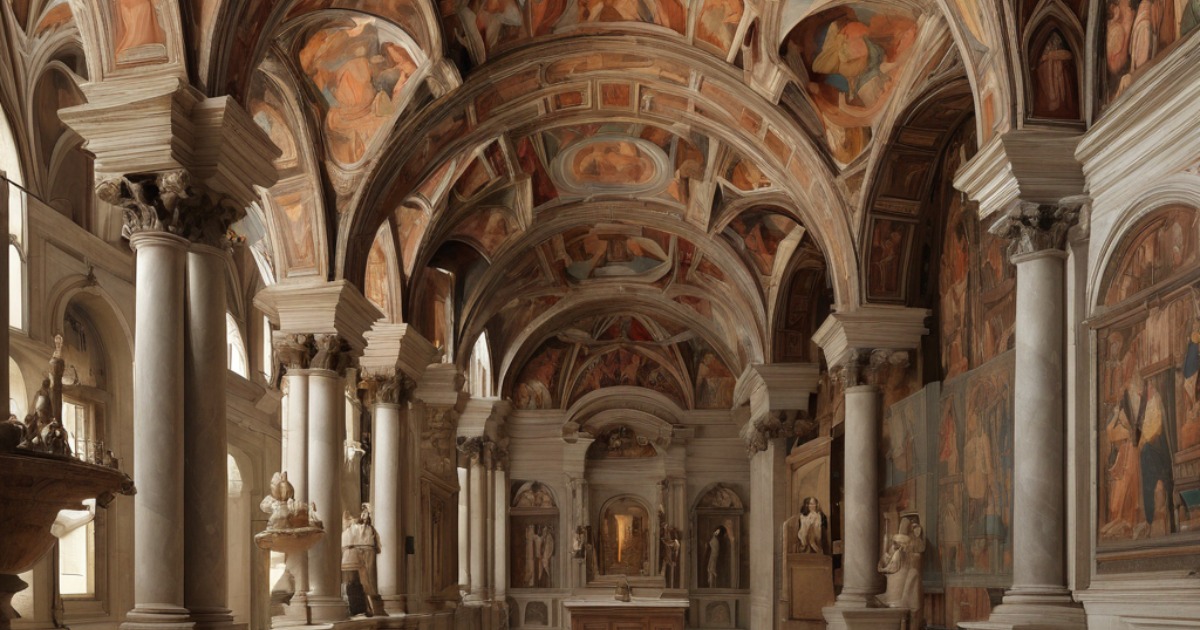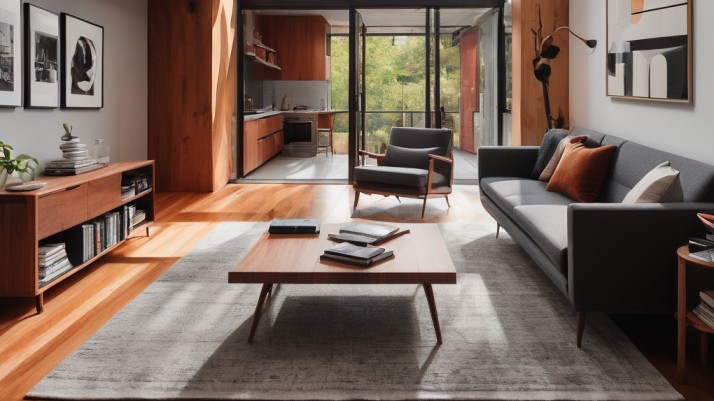What is wood lap siding?
Wood lap siding also comprehended just as lap siding or clapboard siding is a standard and famous type of exterior cladding used in residential and commercial buildings. It is recognized for its timeless appeal, durability, and versatility, making it a sought-after option for historical restoration undertakings and contemporary architectural
designs.
Why lap siding?
Lap siding consists of long, narrow boards horizontally lodged on the exterior walls of buildings. These panels overlap each other, forming a distinctive and visually attractive pattern. The term “lap” refers to how each board overlaps the one below it, much like shingles on a roof. This overlapping adds to the siding’s aesthetic allure and helps to clear water and protect the design from the elements.
One of the direct benefits of wood lap siding is its aesthetic pull. Its definitive look gives a sense of ardour and character to a building, making it a favoured choice for homeowners looking to accomplish a traditional or rustic impression. Wood’s natural grain and surface also contribute to its beauty, and it can be left untreated or shaded to improve its visual lure further. Besides, wood lap siding can be painted in different colours to match or complete the prevalent design of the building.
Also Read: 20+ Creative Sims 4 House Ideas in 2023
Lap siding is known in various materials. Historically, it was prepared from wood, but as the disadvantages of wood siding became apparent, people started pursuing low-maintenance and more durable choices. Wood lap siding necessitates regular painting or staining to shield it from weather-related deterioration. It’s weak to moisture-related problems like rot and can lead to fungal growth and insect infestations. The dye or stain must be reapplied every few years to keep the siding’s aesthetic allure and provide lasting security against the components.
Lap siding contains various styles, each with its distinctive look and available in multiple materials. Enlightening yourself with these options is necessary for informed conclusions when evaluating siding substitutes.
Different types of lap siding are available in various profiles or styles, with the most standard ones being:
● Bevel Siding
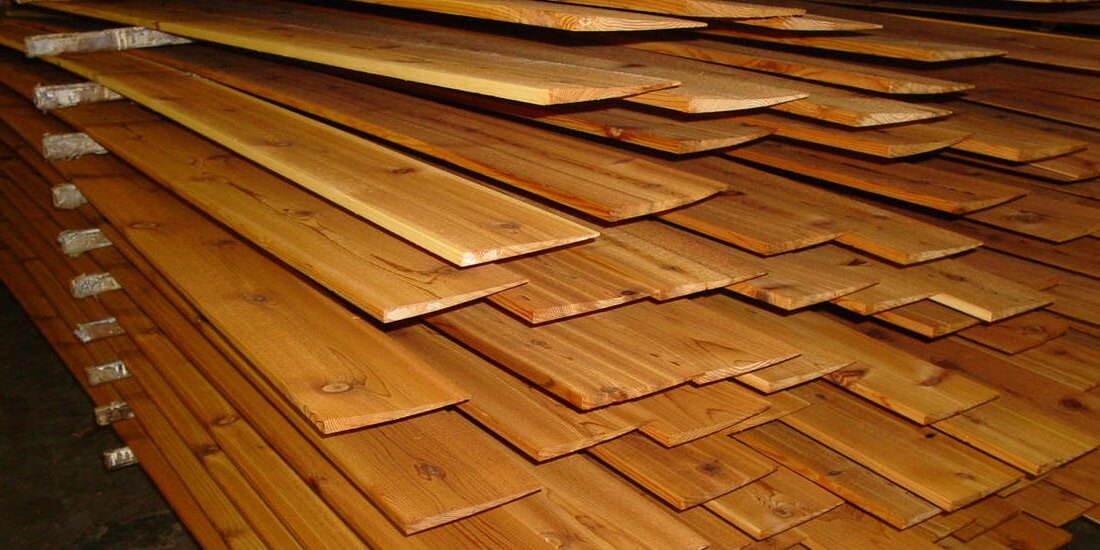
Bevel siding is characterized by thicker boards at the bottom and slowly taper towards the top, forming a wedge-like shape. This striking design serves a functional purpose by permitting efficient water drainage while contributing to its timeless and classic impression. When you compare bevelled lap siding to clapboard, you’ll observe slight differences in how the planks are milled, resulting in a near-related yet slightly distinct visual result. The crucial difference is that bevel planks are cut into a triangular shape, with one end more comprehensive than the other,
making it demanding to determine this difference solely by sight. In nature, bevel siding closely corresponds to clapboard but has a slight variation in its milled profile, which improves its aesthetic appeal and water-shedding capabilities.
● Clapboard Siding

Clapboard siding is undeniably one of the most iconic and known styles among types of wood lap siding options. It includes long, slender boards represented by one edge being thicker. Upon building, the broader edge of one board elegantly overlays the narrower edge of the adjoining panel, creating a unique and attractive horizontal design. These wedge-shaped siding pieces interlock as installed, resulting in a uniform and visually pleasing exterior profile.
The original and superior lap siding, clapboard, is known for its classic significance and timeless design. Each piece of clapboard compares a wedge, with a narrower top and a wider bottom.
● Beaded Siding

The defining feature of beaded lap siding fibs is its thicker bottom edge, which forms a noticeable “bead” at the lower part of each board. This bead adds depth to the shadow play, significantly where the top course overlaps the bottom. The ultimate course gently overlaps the bottom class regarding the siding’s structure, resulting in a well-balanced and pleasant shadow effect.
Beaded lap siding, while less generally desired than other styles, presents a unique decorative element to exterior cladding. Although beaded lap siding may not be as prominent as some other siding options, it has the possibility to impart an unusual and decorative touch to a building’s exterior. Its active shadow effect and the nod to classic craftsmanship make it an option worth considering for those desiring to infuse personality and visual appeal into their architectural designs.
● Shiplap
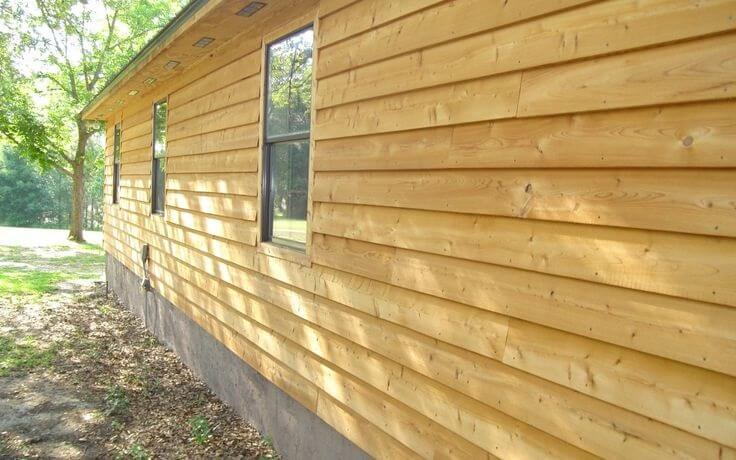
Shiplap is a distinctive siding building process where each panel overlaps at the top, but the joints and gaps are incredibly tight and even. In this way, the upper class’s thin edge is neatly positioned underneath the wider lower edge of the next panel, making a nearly flush build with the tiniest reveal and very subtle shadow stripes. In design, shiplap directs to a wooden barrier siding style characterized by lengthy planks, typically painted in a crisp white hue, placed horizontally with a slight gap between them. This setup mimics the look of external shiplap walls. However, one disadvantage is this style’s tendency to collect dust within the cracks.
Different types of wood lap siding offer both aesthetic and practical benefits. It is a stable and long-lasting material produced from hardwoods like cedar, redwood, or cypress, naturally resisting decay and insect infestations. Nicely maintained, wood lap siding can survive for several decades, and particular boards can be easily substituted if damaged.
Also Read: 4+ Mobile Home Skirting: The Best Ultimate Guide to Building Foundations
However, it’s essential to note that wood lap siding does demand regular maintenance to maintain its beauty and integrity. This contains periodic painting or staining to guard against moisture and UV damage. Wood siding can become easy to rot, warp, and other deterioration forms without reasonable care.
In current years, alternative siding materials like vinyl, fibre cement, and engineered wood have attained favour due to their lower keeping requirements. Nevertheless, wood lap siding resumes to be favoured by multiple for its timeless aesthetic allure and the realism it brings to architectural strategies.
In conclusion, wood lap siding is a definitive, long-lasting pick for exterior cladding in residential and retail construction. Its distinctive flat overlap pattern, natural attractiveness, and versatility. Make it the best option for those pursuing a traditional or rustic appearance. While it does demand constant maintenance to guarantee its longevity. The timeless allure and durability of wood lap siding make it a worthwhile investment for any construction project. Wood lap siding symbolizes timeless architectural magnificence, whether used on a historic abode or a
contemporary innovation.

